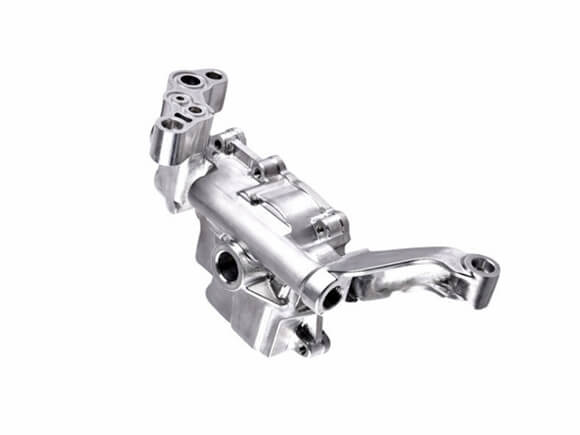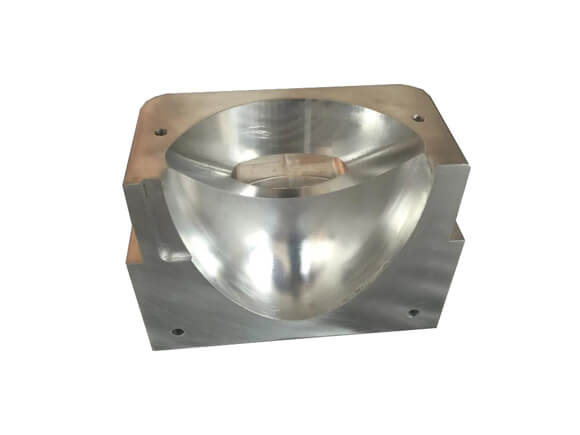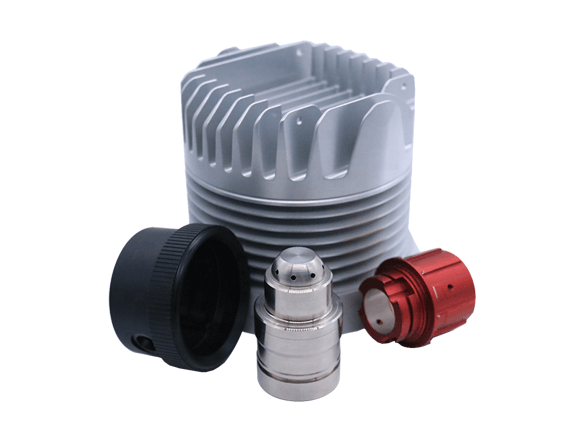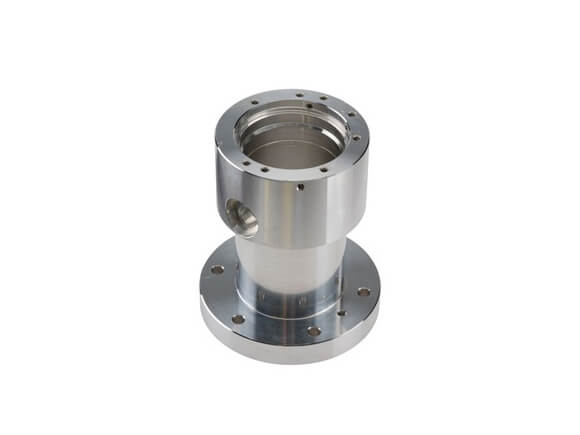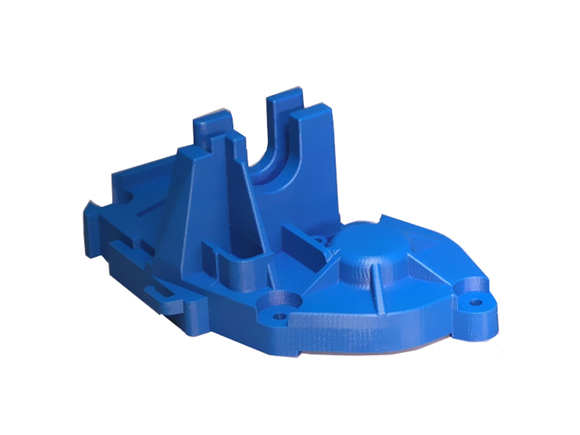ラピッドプロトタイピング
With the aid of computer-aided design or solid reverse method to obtain the prototype or part geometry and structure, and use this to build a digital model, and then use the computer-controlled mechanical and electrical integrated manufacturing system, the material is "three-dimensionally stacked" formed point by point and side by side. After necessary processing, it can meet the design requirements in terms of appearance, strength and performance, and achieve a rapid and accurate method of manufacturing prototypes or actual parts. Depending on the complexity of the part, this process typically takes 1 to 7 days.
Various rapid prototyping technologies entering the application field use different molding mechanisms, but their processing and manufacturing processes are similar, including the following three steps:
1. Produce CAD design models. First, a computer aided design (CAD) software package was used to generate a three-dimensional solid model of the part. Currently commonly used solid modeling software includes: Pro / E, UG-Ⅱ, Power Shape, etc. It is also possible to obtain the three-dimensional description information of the part through reverse engineering.
2. Convert the 3D CAD design model into STL (STL is the RP technology industry standard) format. In the conversion process, factors such as processing accuracy, processing workload and file capacity must be considered comprehensively.
3.前処理ソフトウェアを使用して、STLモデルを処理ファイルに変換します。つまり、さまざまな製造プロセスに従って、STLモデルを0.01〜0.7mmの薄層にカットします。 このプロセスでは、ワークピースの処理中のサポートを考慮しながら、パフォーマンス要件と処理時間の最小化の原則に従って、処理するワークピースの座標と処理方向を選択する必要があります。


